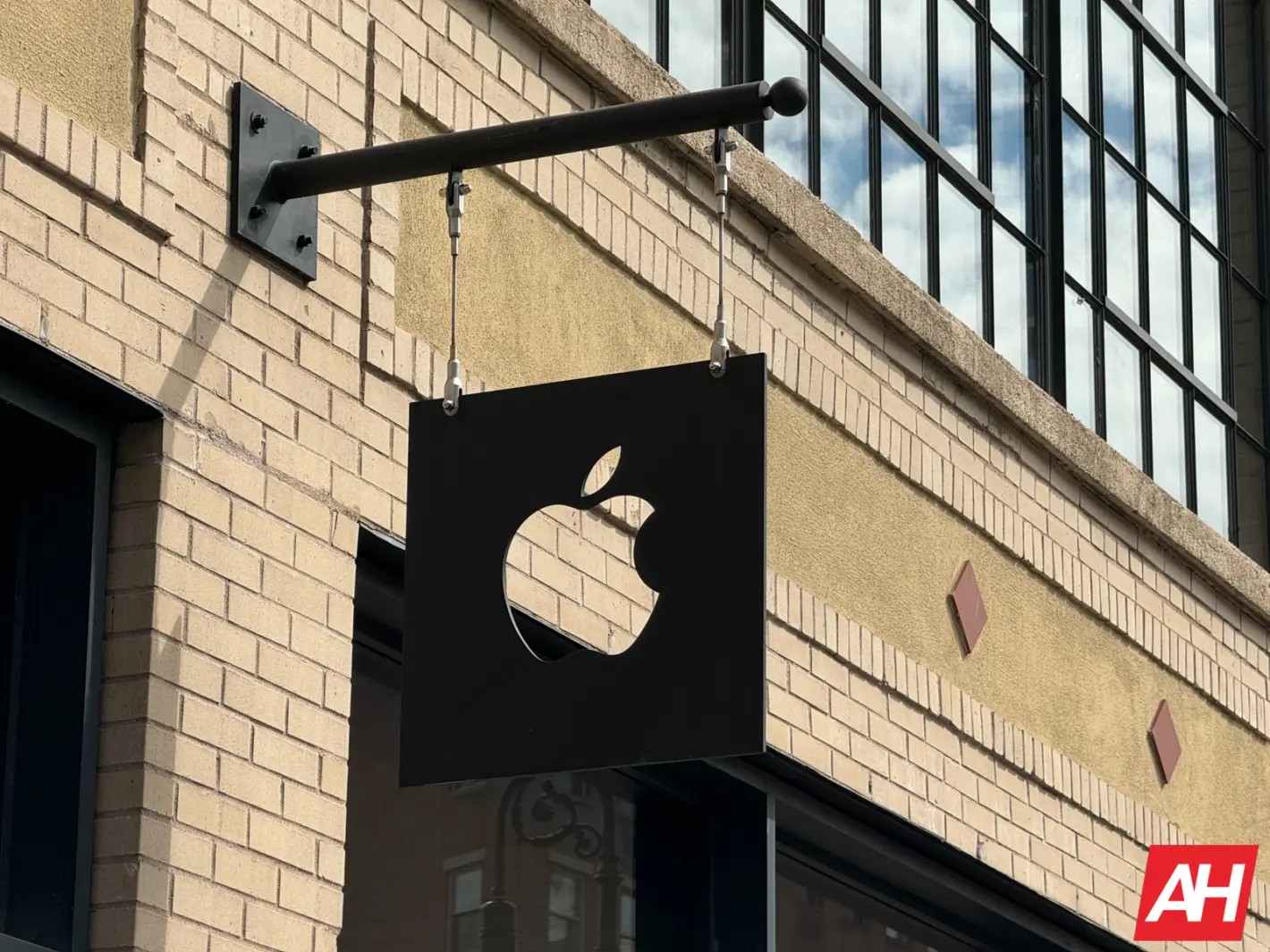Apple’s top executive Steve Hotelling is retiring. You might not know him but his work speaks more than words; he is someone who shaped iPhones with multi-touch, Touch ID, and even Vision Pro. Bloomberg (via Phone Arena) reported that Hotelling is leaving the company after a long and prestigious career. But Apple hasn’t announced the retirement yet. Needless to say, there could be hundreds of patents after his name.
Steve Hotelling is mostly known for his key roles on iPhone and iPad touch screens. More importantly, he has played a major role in creating the Touch ID feature for Apple devices. The report also talks about how Hotelling led the team that works on the cameras at Apple and helped develop new technologies for making augmented reality more realistic.
Steve Hotelling’s contributions during his time at Apple are unparalleled
Steve Hotelling’s contributions at Apple extend beyond multi-touch technology. He played a vital role in developing Touch ID, which soon became an industry standard. And, influenced technologies like the 3D facial recognition system, Face ID, the 120Hz ProMotion display, and custom image sensors as the leader of the camera engineering team.
His role extended to the development of Apple’s Vision Pro spatial computer, set to launch next year. He later progressed to vice president and reported to Johny Srouji, Apple’s senior VP of hardware technologies. His departure leaves a legacy in touchscreen tech, health sensors, and Face ID, with seasoned Apple executives ensuring ongoing innovation.
There have been also wild rumors of Apple bringing back the Touch ID to the iPhone 16 line. However, what’s more likely is Apple bringing Face ID to its next iPhone SE line. While Apple’s plans for authentication remain unclear, the company may be experimenting with under-display technologies as seen in the OnePlus 11R or Samsung Galaxy S23 Ultra. Rumors also hint at the potential implementation of both under-display fingerprint sensors and under-display Face ID around 2026.

